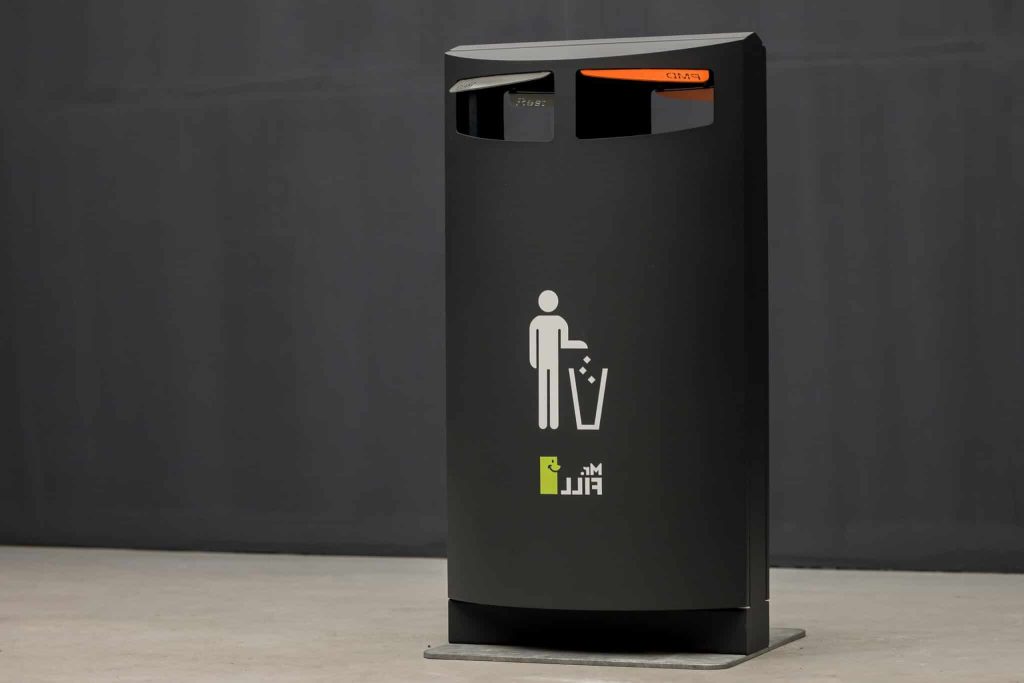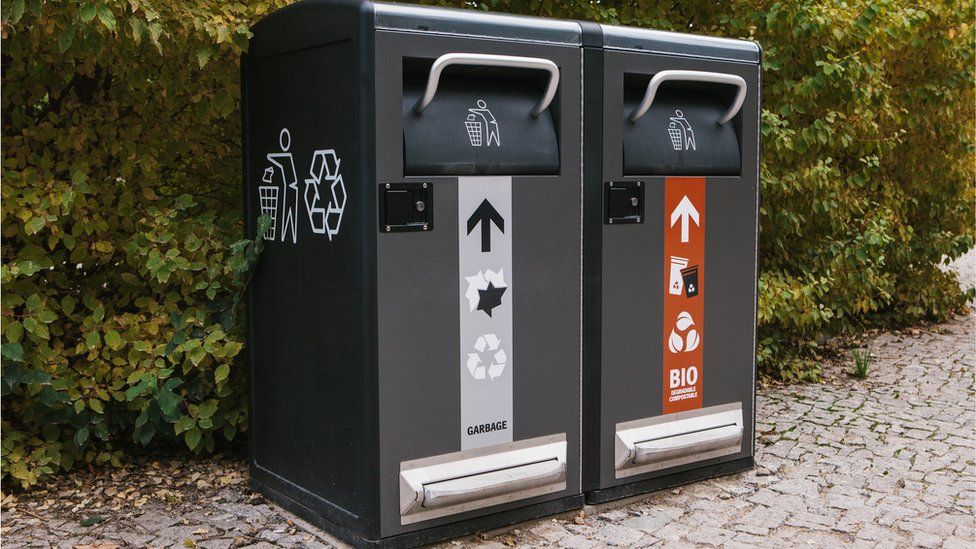Revolutionising Waste Management With Smart Bins.
Every year, the city produces around 6 million metric tonnes of solid waste (MSW), a number that is only expected to rise as we become more reliant on consumer goods. Government waste management is obviously expensive, time-consuming, and logistically difficult for the government – as well as we pay for it in our taxes!
It’s a problem that cities in the world have been desperately trying to find solutions to. The Iot devices (IoT) can be used to create a new type of bin called a “smart bin” that makes waste disposal much more efficient. Smart bins are revolutionising waste management to reduce costs, simplifying logistics, & improving the environment for all.
So, What Exactly Is A Smart Waste Bin?
An smart waste management system is one that utilises smart bins. They are wirelessly connected ultrasonic fill-level sensors that detect when the bin is full and transmit that information to a cloud-based monitoring as well as analytics platform via the Internet of Things (IoT). Waste collection services could really better plan their routes and frequency of service based on this information.
Using a solar-powered trash compactor, smart bins can hold up to eight times their normal amount of waste and prevent it from overflowing by activating at a predetermined level.
A system of intelligent safety sensors is also in place, which detects the presence of a hand and alerts the monitoring station, which then begins extinguishing the fire automatically.

A Smart Bin’s Benefits To You
Smart bins outperform traditional garbage bins thanks to their combination of smart waste monitoring & trash compacting technologies. Cities that install smart bins can benefit from the following advantages:
As many as 80 percent fewer waste collections will be required, resulting in a reduction in the use of manpower, emissions, fuel consumption, and traffic congestion.
- A Decrease in number of garbage cans required
- Using analytics, we can better plan collection routes and bin placement.
- Enhanced quality of life (i.e. no overflowing bins & less unpleasant odours)
A Guide Towards Waste Control Through Smart Bins
A few bottles, cans, and polystyrene take-out boxes fill up the average street garbage bin, indicating that it is nearly full and must be emptied soon before it overflows. As a result, garbage haulers lack the real-time data necessary to know whether a bin has been empty and overflowing and ready for pickup. This is a poor method of waste management. Using smart bins to solve these problems is catching on with governments around the world.
Smart bins now are broadly in use in Australia, and they’ve helped the country’s waste management become much more efficient. A once-a-week waste collection used to be the norm before the smart bins were installed, but now it only happens every two weeks instead of the previous multiple times a day. Using fewer garbage trucks means less pollution, less fuel consumption, and less congestion on the roads.
In addition, people seem to be able to live in a cleaner environment with really no overflowing garbage bins and unpleasant odour
Cities can also benefit greatly from the use of smart bins. The development of smart bins would have a significant impact in this area of the globe because of the dense population of people & traffic.
Smart bins aren’t just useful in crowded cities; they can also help with waste management in amusement parks, malls, campuses, hospitals, and transportation hubs, to name a few places with a high volume of human traffic. As a result, they are also helpful in the more remote locations like campgrounds or the beach. This allows collection services only to travel out when they are needed, reducing waste disposal costs.



